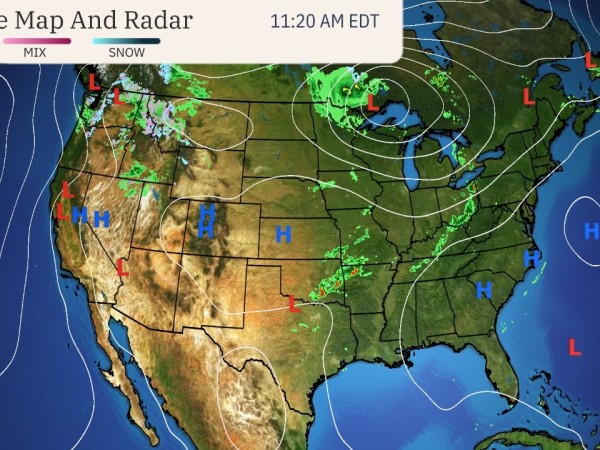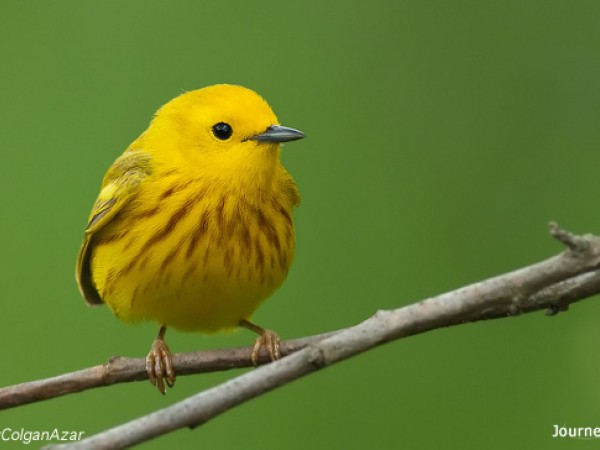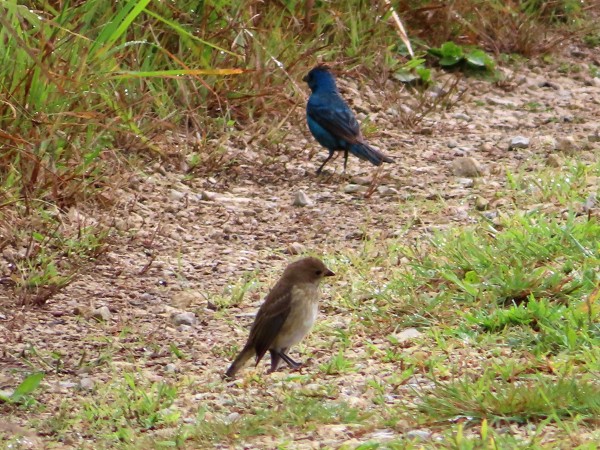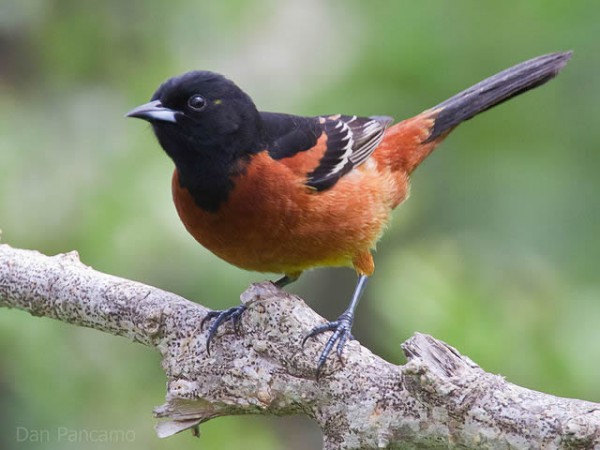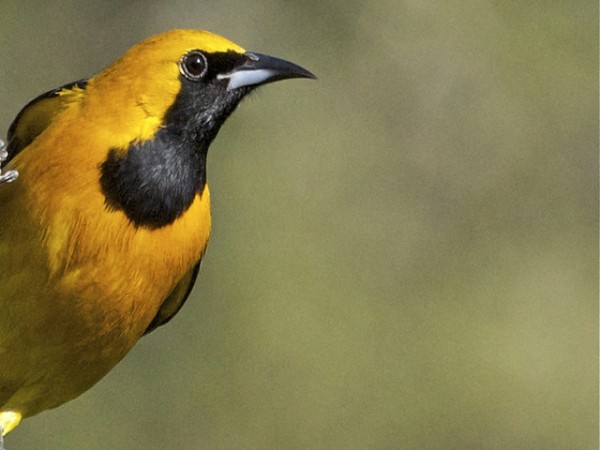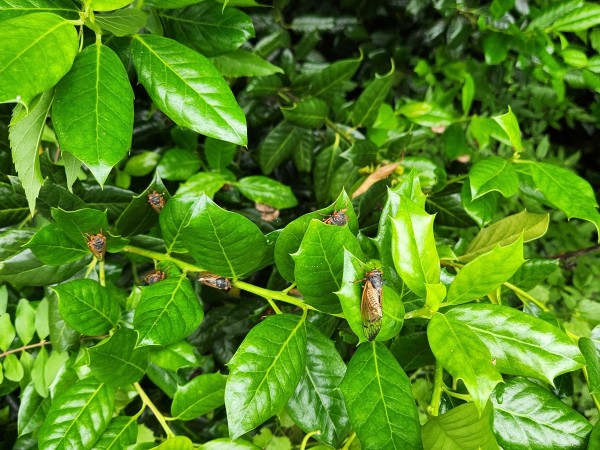Spring Letter #4: Weather Forecasts for Migrating Songbirds From Dr. David Aborn
Dear Journey North Readers,
Spring migration is winding down, but it is not over yet!
For the past several days, there has been a strong area of high pressure off the East coast, which has provided strong southerly winds, allowing migrants to make a lot of progress in the eastern US. While migration is pretty much over in the southern US, those southerly winds have allowed a final push of some of the late-season migrants to come in. Birders in Alabama reported lots of Yellow-billed Cuckoos, along with a late pulse of Red-eyed Vireos. Here in Tennessee, I have been seeing a lot of the late season thrushes: Swainson’s, Gray-cheeked, and Veery, along with Blackpoll Warblers and American Redstarts. Many parts of the Northeastern US saw a good influx of migrants, especially in New York. Birders in Central Park tallied 24 species of warblers, five species of vireos, five species of thrushes, both tanagers (Summer and Scarlet), and both Orioles (Baltimore and Orchard)! Birders in Massachusetts reported good numbers of Chestnut-sided Warblers, Yellow Warblers, and American Redstarts, and Maine reported their first Baltimore Orioles, Indigo Buntings, Great Crested Flycatchers, and Prairie Warblers.
While that high pressure has meant great migration weather in the east, it has been blocking a frontal system from moving out of the Midwest. People (and birds) in that region have been dealing with lots of rain and bad storms, which means there hasn’t been much migration taking place. Before that storm system arrived, however, Chestnut-sided Warblers, American Restarts, and Magnolia Warblers were able to make it to Illinois and Michigan, while birders in Minnesota were treated to some of their first Yellow-belied Flycatchers, Blackburnian Warblers, and Ruby-throated Hummingbirds.
Out west, the situation has been similar to the east, with high pressure bringing good flying conditions. Many Hooded Orioles and Western Tanagers have been moving through Arizona and California, while Vaux’s Swifts, Yellow Warblers, and Wilson’s Warblers have been numerous in Washington. The good weather has allowed Yellow Warblers and Swainson’s Thrushes to make all the way to Alaska!
A couple of weeks ago was International Migratory Bird Day, and birders in many places, including myself, took part in bird counts, and many places like zoos and nature centers had activities and events. There is always a theme for the day, and this year it was the importance of insects for migrating birds. It was an appropriate theme for this year, because there are two big emergences of periodic cicadas. In some places, like where I am, there is an emergence of 13-year cicadas, while other places are seeing an emergence of 17-year cicadas. When I was counting, it was hard to hear because of all the cicadas singing! There is a zone in part of Iowa, Illinois, and Wisconsin, where both broods are emerging at the same time, something that hasn’t happened since 1803! This superabundance of cicadas will provide a good food source for birds and other wildlife. Studies have shown that there is a population increase in many species the year after an emergence because more young are produced thanks to all the available food, so maybe next year we will have even more migrants to look forward to!
Take care.
David Aborn
University of Tennessee at Chattanooga
submitted 05/22/2024

